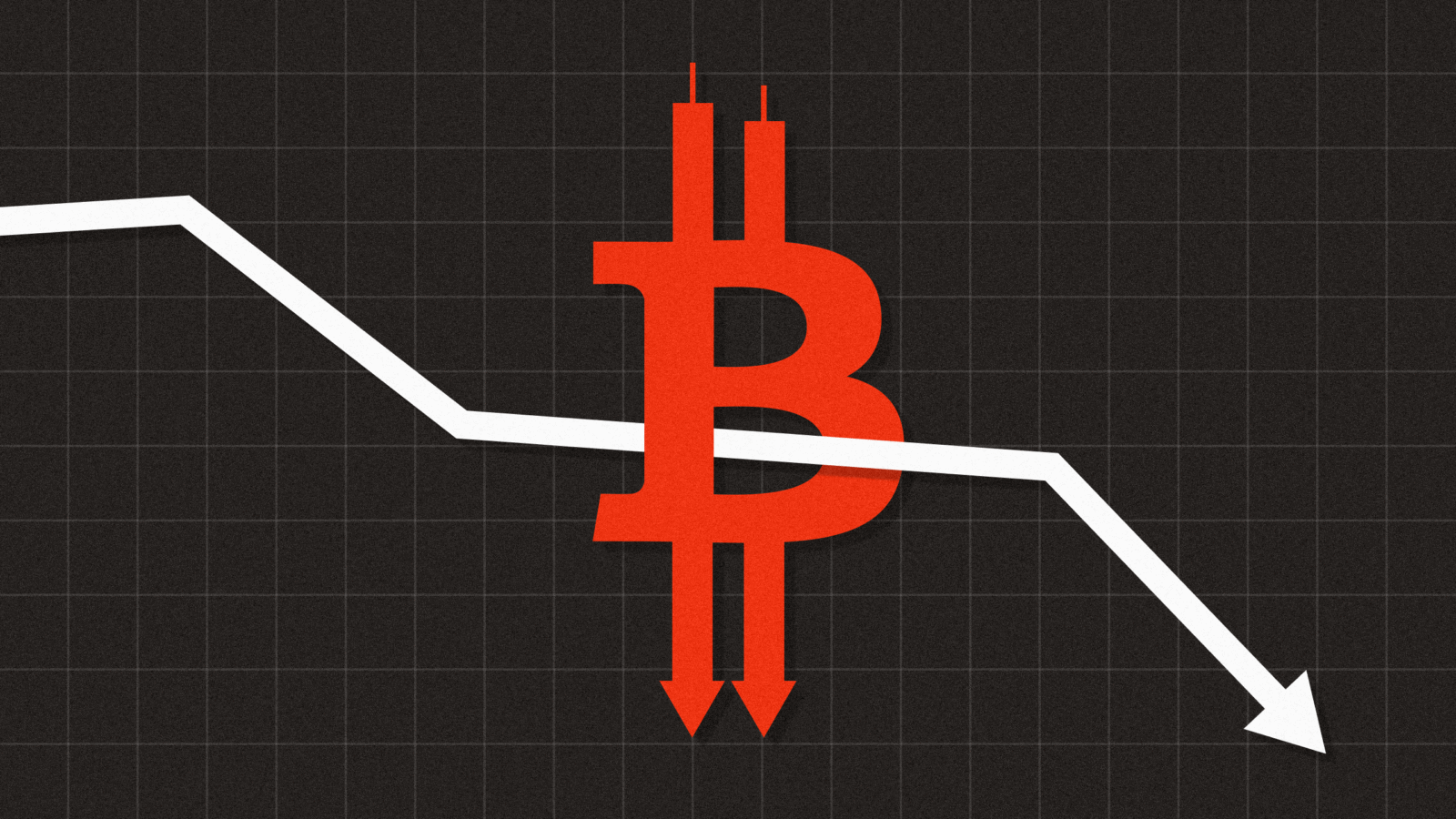Betting Big on Leveraged ETFs
Even with the lights out at the SEC, it’s unlikely that ETF issuers seeking 3x and 5x funds will sail through the approval process.

Sign up for exclusive news and analysis of the rapidly evolving ETF landscape.
Is anyone willing to bet that 3x- or 5x-leveraged ETFs will be approved by the SEC?
After all, there is a prediction market bet available via Polymarket that a Litecoin ETF will get a green light from the regulator by the end of the year. There’s no such wager listed for the glut of leveraged exchange-traded funds recently filed by several issuers … yet. Currently, the odds probably wouldn’t be great. Last week, shortly after Volatility Shares filed for numerous 3x- and 5x-leveraged ETFs, the SEC’s director of the division of investment management, Brian Daly, told Reuters that it’s “unclear whether these ETFs would comply with the Derivatives Rule (Rule 18f-4), which generally limits leverage to 2x.”
Anybody Home?
It may be simply a coincidence that the deluge of risky product filings happened amid the federal government shutdown. While companies can make filings in the Securities and Exchange Commission’s EDGAR system, no one is approving or denying products. That’s notable, as the regulator typically has 75 days from a prospectus filing to disapprove, or funds can proceed by default. Still, even if any of the funds make it through the application process, their success is hardly guaranteed:
- Distribution may be a challenge, as some trading platforms will avoid making them available. Vanguard, for example, doesn’t allow any leveraged or inverse ETFs. Webull, which does make them available, notes that they are often used during volatile periods as an alternative to options.
- Dozens of leveraged-single stock and crypto ETFs floated by Direxion, Volatility Shares, LevMax, Defiance, Themes and ProShares would be competing with one another. The funds are designed for intraday trading, meaning that assets wouldn’t stick around in them for very long.
- Funds that don’t get much scale, perhaps at least $100 million, may not be profitable. Issuers know this, and it’s pretty much a given that they expect at least some of their ETFs to flop.
Sign of the Times: At a time when people can (and do) bet on the outcome of almost anything, it seems logical for the makers of financial products to cater to that trend. Even so, prospective buyers of any leveraged ETFs should be well aware of the risks. They should be thought of as trading tools, not investments, Draco Evolution CEO Jack Fu said in a statement. “If someone insists on using them, I suggest strict position sizing under 1-2% of a portfolio, predefined time limits measured in days not months, and hard exit rules,” he said. “For crypto-linked versions, I would add an extra margin of safety because overnight moves can overwhelm stop-losses.”
Beyond the directional risks endemic to the products is another issue, which is the drag stemming from the rolling of futures contracts, or “roll decay,” said Micheal Martin, vice president of Market Strategy at TradingBlock. To highlight that, he pointed to the one-year returns of the Direxion Daily S&P 500 Bull 3X Shares (SPX), at about 22%, and the SPDR S&P 500 ETF Trust (SPY), about 14%. “You might expect the leveraged fund to return three times that amount, or about 41%,” he said. “In reality, it’s far lower.”











